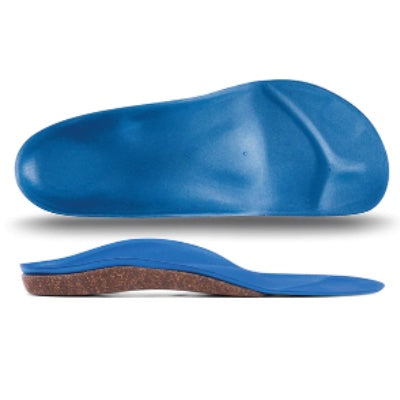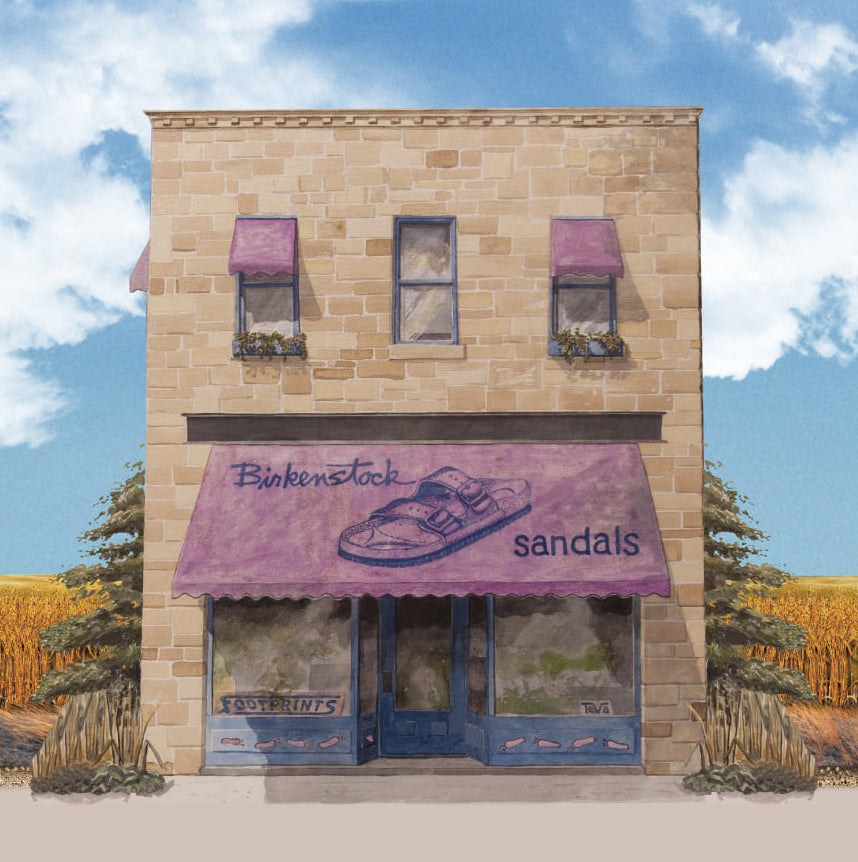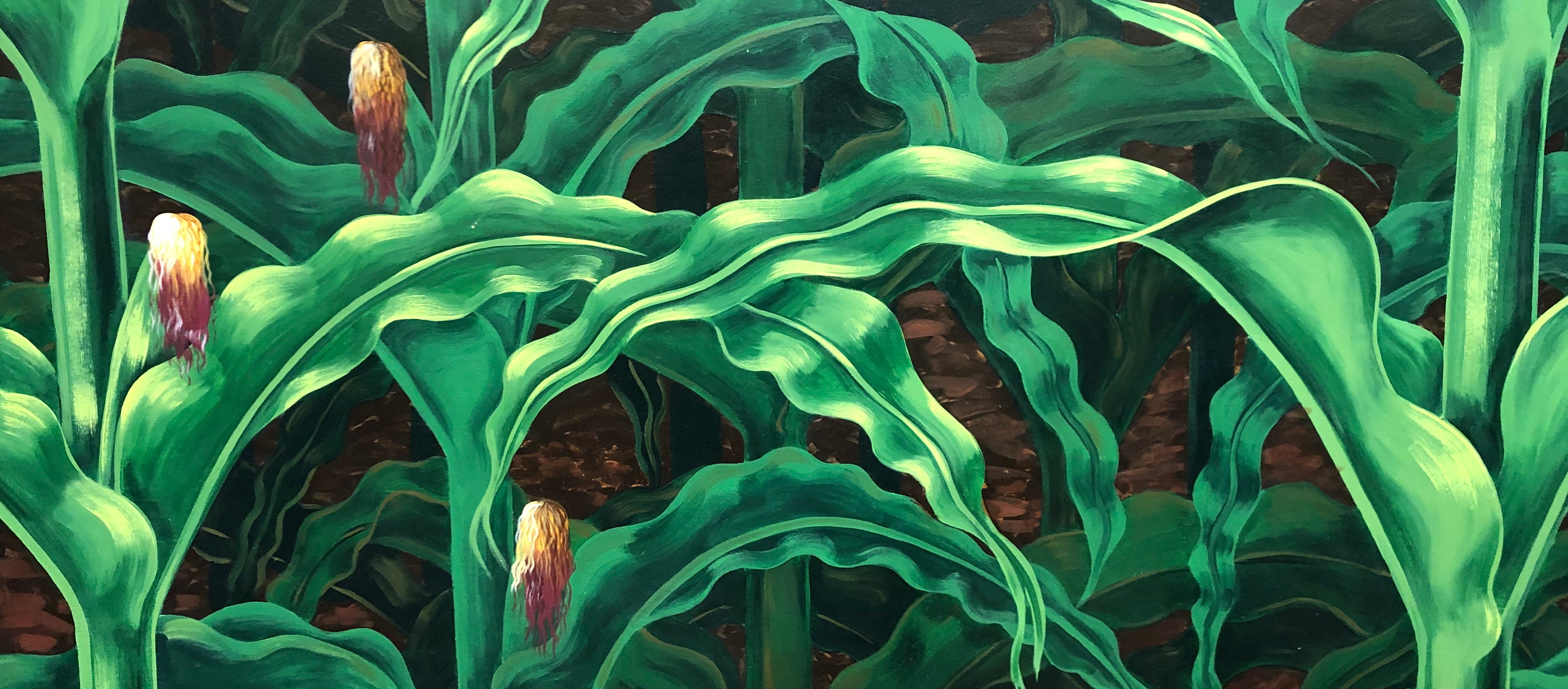My great, great, great, great something or other was William Bradford of Mayflower fame. I think he is12 generations back. I know that because my mom put in a lot of work on the family genealogy. She thought it was important to qualify my sister for membership in the Daughters of the American Revolution. Turns out my sister didn't really care but it was fun information to have. About the same time the Pilgrims were landing at Plymouth Rock in 1620, the Spaniards were establishing a colony in what is now New Mexico, specifically in the Estancia Basin.

Geographically, basins are bowl shaped depressions in the land surrounded by higher hills or mountains with no ready outlet, like the Great Salt Lake. Estancia Lake was an ancient lake which covered much of the Estancia Basin. When the climate became drier and the lake evaporated, salt deposits were left behind. The basin was a harsh place to live but various cultures of Native Americans had occupied this area for thousands of years on and off. Smaller groups living in crude underground pit houses evolved into larger adobe pueblos. Pueblo is the Spanish for town. The pueblos were a multistory series of contiguous apartments. There were three main pueblo towns in the Estancia Basin. Their names were Quarai, Gran Quivira and Abo, and each town had thousands of people. The red sandstone pueblo and church ruins of Quarai are depicted in our photos. The introduction of corn from Mexico allowed these towns to exist. It created a stable food source, which allowed disparate smaller groups of nomadic hunters and gathering peoples to come together and establish larger towns where their culture and religion could flourish. Everything was working fine until the Spanish came along.

The town of Quarai was sited on the timber-rich slopes leading to the Manzano Mountains. Spring-fed streams, an abundance of game and ready access to the red sandstone building material made for a good location. Quarai was self-sufficient and stable society based on trade, hunting, gathering and agriculture. Through cycles of drought and plenty they learned to store excess grain to tide them over tough times. They were sustainable.

The Spaniards were making their way north toward Quarai and the other towns with wagons loaded with technology and a desire to conquer. They were on a two-fold mission to find gold and people to convert to Catholicism. They found salt instead of gold and thousands of people who were perfectly happy with their own religion and culture. Making money with a colony here was a longshot, but they were hellbent on saving those souls. So, they set about trying to convince the Native Americans they should welcome this new religion and provide the labor to build some spectacular churches. Using the same building materials and style as the pueblos, they built an awe-inspiring structure which soared upwards. It was a built environment completely unimaginable to the Native Americans given their technology. Was it enough to inspire new beliefs? No, the mission failed.

The Quarai ruins have a patina of history combined with remnants of indigenous culture, materials, and techniques, which makes the stone walls seem to grow out of the natural environment. It just belongs there, nothing artificial. There is a stillness to the place, similar to a battlefield monument where thousands of lives were lost. But there is also great natural beauty, a peaceful place.

Both the Pilgrims and the Spaniards had devastating effects on their respective native populations. Indigenous people with a technological disadvantage and no resistance to European diseases didn't stand a chance. The Spaniards were also brutal. If they couldn't convert you, they might pack you off as a slave to work in silver mines in Mexico. If the Spaniards needed more food, they raided the reserves set aside for tough times. They destroyed the native culture, religion, and livelihood in the name of God. By the 1680s, the Spaniards gave up and left the Estancia Basin. The few indigenous people who survived drought, disease and brutality scattered. Likewise in Massachusetts, disease depopulated the native population and many of the god-fearing Pilgrims thought it was Divine Providence which cleared the land for their benefit.
The standard story of Thanksgiving is very appealing. I love the Norman Rockwell feel of Thanksgiving. It is good to be thankful for the bounty which we enjoy and share with family and friends. But as you go for a walk to work off some of the holiday feast, it is good to at least consider the other side of the story.
Take a walk with Birkenstock.






















